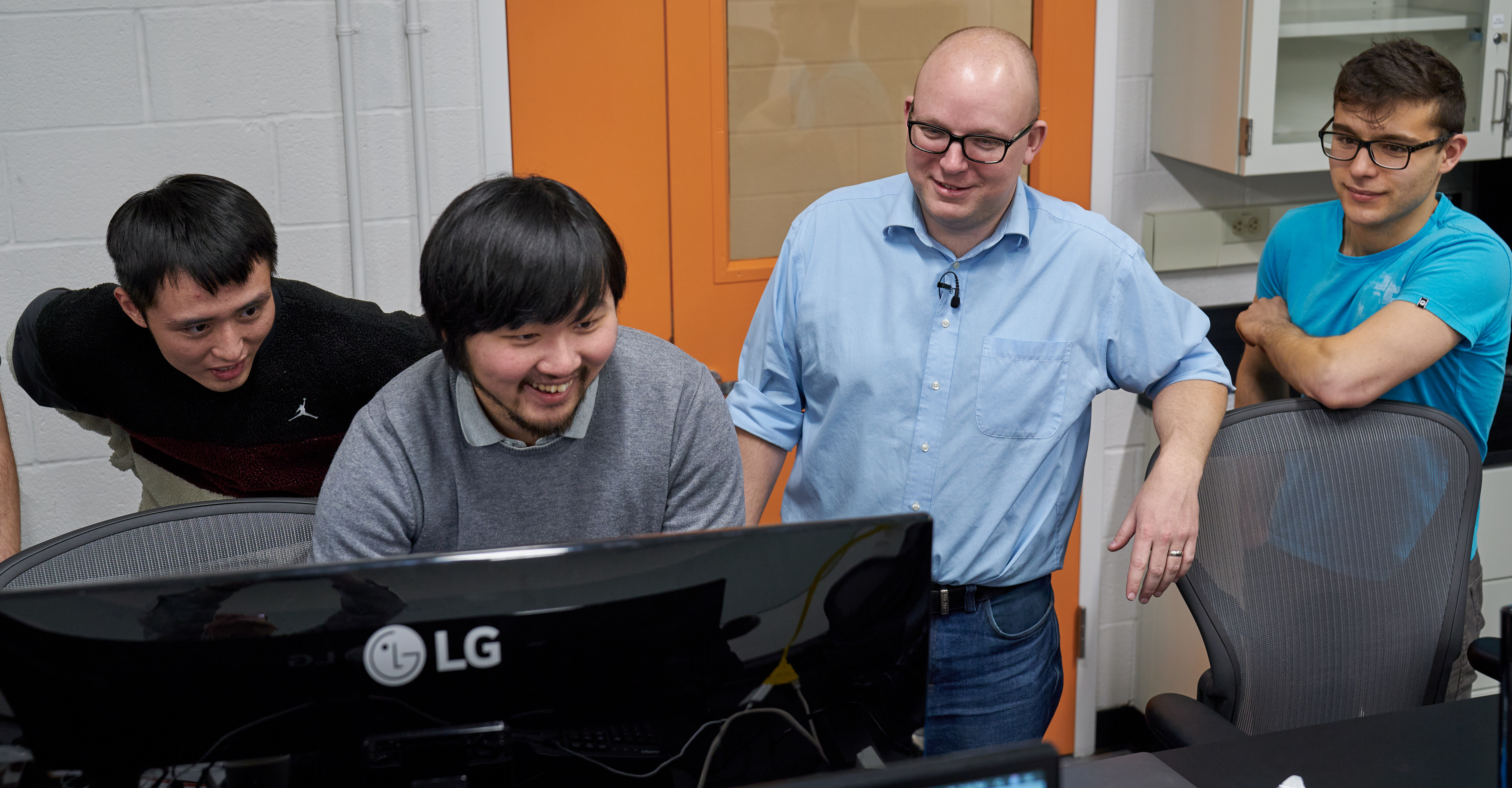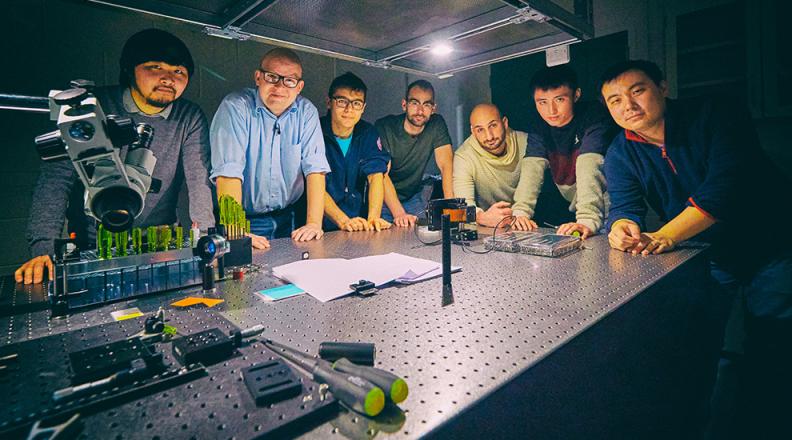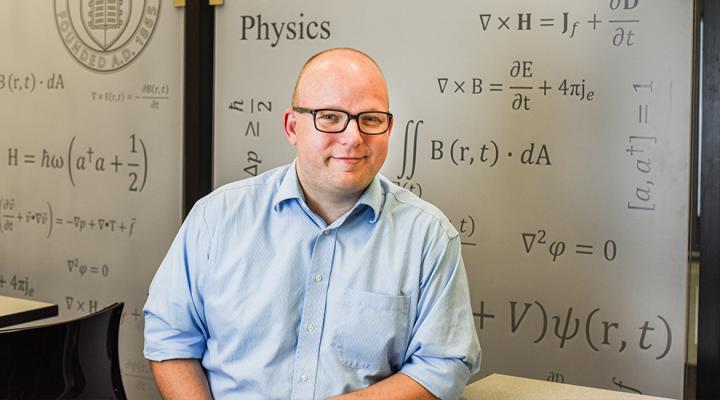What’s Next in Computing? Exploring the Possibilities
What do pharmaceutical drugs, rechargeable batteries, and solar cells have in common? They share the potential to reap great benefits in design from the simulation of their behavior at the level of quantum mechanics. The trouble is, simulating the quantum mechanics of these systems can be extraordinarily difficult for even the largest supercomputers. The simulation entails keeping track of and performing calculations on a number of variables that grow exponentially with the number of electrons in each molecule.
For many systems, a full quantum-mechanical simulation would take even a supercomputer thousands of years to complete. This difficulty of simulating quantum systems inspired physicist Richard Feynman to propose, in the early 1980s, the development of a computer that operates quantum mechanically in a fundamental way.
“Feynman’s idea was that it would be natural to use a computer that itself was quantum mechanical to simulate quantum-mechanical systems,” says Peter L. McMahon, Applied and Engineering Physics. “A quantum computer would not suffer from the exponential size of the state of the system being simulated because it can be mapped to the internal state of the quantum computer, which is also exponentially large.”
"I’m drawn to this intersection between physics and computation.”
Learn more about the quantum research of AEP Assistant Professor Peter McMahon in this new Cornell Research article.

“How do you get photonic qubits to talk to each other? It’s possible to make them do so, but they don’t naturally want to.”

For further information, view the full McMahon Cornell Research article.







